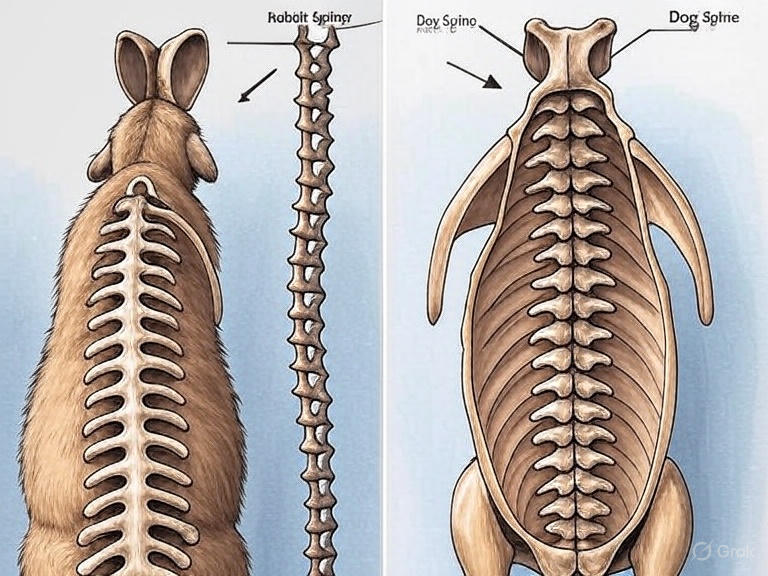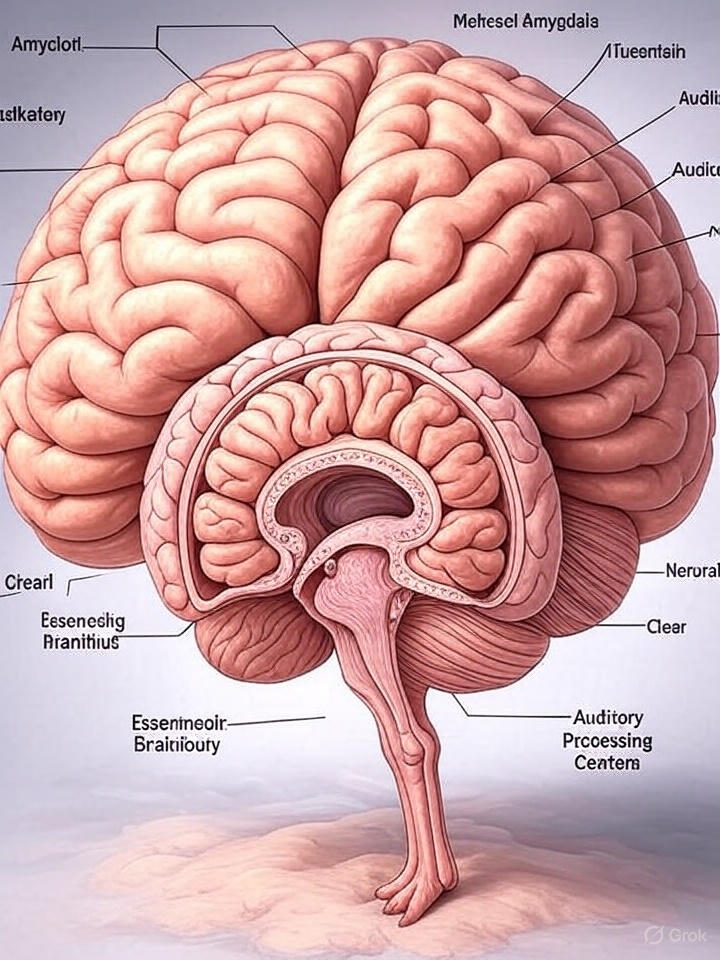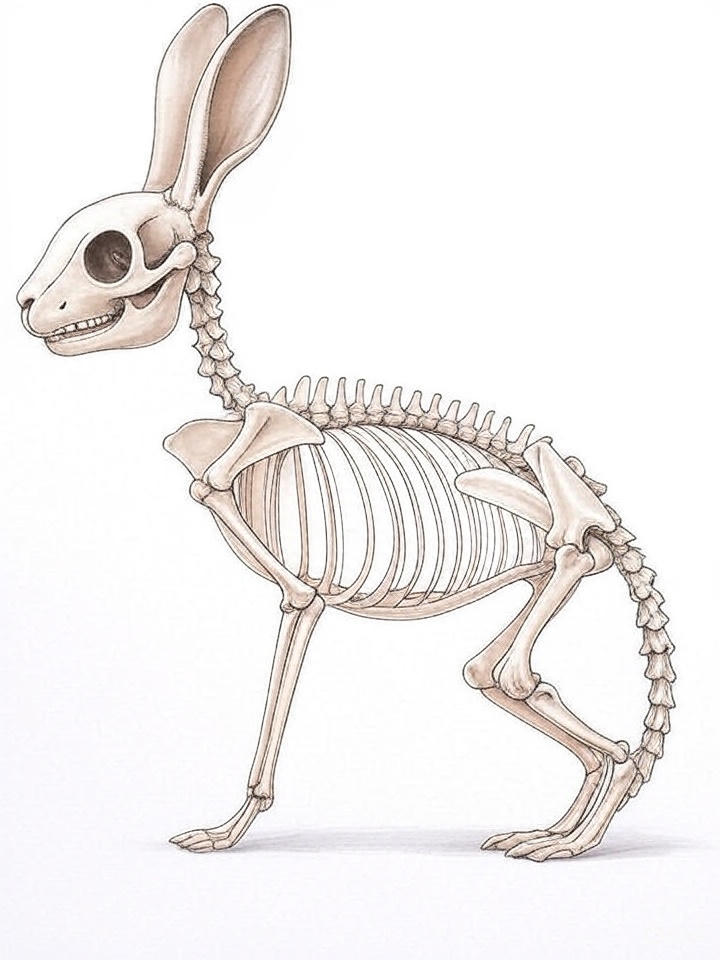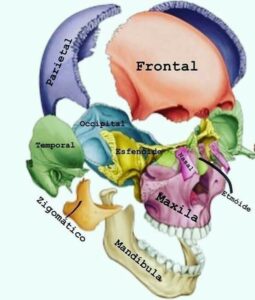When it comes to rabbit handling and providing proper rabbit care, understanding the unique anatomical structure and behavioral instincts of these beloved pets is absolutely crucial. Rabbits possess a fascinating yet delicate anatomy that directly influences how they should be handled, approached, and cared for. Their fragile spine structure combined with deeply ingrained prey animal instincts creates a perfect storm of vulnerability that every rabbit owner must understand to ensure their pet’s wellbeing and safety.
The Complex World of Rabbit Anatomy
Understanding the Fragile Spine Structure

The rabbit’s spine represents one of nature’s most elegant yet vulnerable designs. Unlike many other pets, rabbits have evolved with an incredibly lightweight skeletal system that prioritizes speed and agility over durability. This fragile spine support system is the result of millions of years of evolution where survival depended on quick escapes rather than withstanding physical confrontations.
According to veterinary research published in leading animal health journals, a rabbit’s spine makes up only about 7-8% of their total body weight, compared to approximately 13-15% in cats and dogs. This remarkable difference explains why improper handling can lead to catastrophic spinal injuries, including fractures and paralysis. The vertebrae themselves are thin-walled and filled with air spaces, making them remarkably light but extraordinarily fragile.
The lumbar region of a rabbit’s spine is particularly vulnerable. This area experiences the greatest stress during handling, especially when rabbits kick with their powerful hind legs. When a rabbit struggles against restraint, the combination of their strong leg muscles and delicate spine can create forces that exceed the structural limits of their vertebrae. This is why understanding proper rabbit handling techniques isn’t just about comfort—it’s literally a matter of life and death.
The Evolutionary Marvel of Lightweight Bones
Rabbits belong to the order Lagomorpha, and their bone structure reflects their evolutionary history as prey animals. Their entire skeletal system has been optimized for explosive acceleration and quick directional changes. The hollow, thin-walled bones that make rabbits so agile also make them incredibly susceptible to fractures from improper handling.
Research from the Royal Society for the Prevention of Cruelty to Animals indicates that spinal injuries in rabbits often occur during routine handling by well-meaning owners who simply don’t understand the unique anatomical constraints they’re working with. The metacarpal and metatarsal bones in rabbits’ feet are also remarkably thin, designed for gripping surfaces during rapid escapes rather than supporting body weight during lifting.
Prey Animal Behavior: Deep-Rooted Survival Instincts
The Neurological Foundation of Fear Responses
Prey animal behavior in rabbits isn’t just a behavioral quirk—it’s a neurologically hardwired survival mechanism that has kept the species alive for millions of years. The rabbit brain is structured quite differently from predator animals, with enlarged areas dedicated to threat detection and response coordination.
The amygdala, the brain’s fear center, is proportionally larger in rabbits than in many other mammals. This means that rabbits are constantly processing their environment for potential threats, even in the safety of a domestic setting. When combined with their keen hearing (capable of detecting sounds up to 49,000 Hz compared to humans’ 20,000 Hz limit), rabbits exist in a state of perpetual alertness that can be both fascinating and challenging for pet owners.
Understanding Flight Response Mechanisms
The flight response in rabbits involves a complex cascade of physiological changes that prepare the body for maximum performance. Within milliseconds of perceiving a threat, a rabbit’s heart rate can increase from 130 beats per minute to over 300, blood flow redirects to major muscle groups, and stress hormones flood their system.
This response explains why avoiding stress when holding rabbits is so critical. When a rabbit enters fight-or-flight mode while being held, their powerful hind legs can generate forces exceeding 10 times their body weight. Combined with their fragile spine, this creates a perfect scenario for catastrophic injury.
The Intersection of Anatomy and Behavior in Handling

Why Traditional Pet Handling Methods Fail
Many rabbit injuries occur because owners apply handling techniques that work well for cats or dogs but are completely inappropriate for rabbits. The “scruff” method, where small animals are lifted by the loose skin at the back of their neck, can cause severe spinal stress in rabbits due to their unique body proportions and bone density.
Professional veterinarians and animal behaviorists emphasize that minimal restraint rabbit handling is not just more humane—it’s biomechanically necessary. When a rabbit feels overly restrained, their natural response is to struggle violently, which can result in what veterinarians call “cage paralysis” or acute spinal fractures.
The Science Behind Safe Support Techniques
Proper fragile spine support involves distributing a rabbit’s weight across multiple contact points while maintaining their natural body alignment. Research published in veterinary orthopedic journals shows that supporting both the hindquarters and chest simultaneously reduces spinal stress by up to 70% compared to single-point lifting methods.
The key is understanding that a rabbit’s spine functions like a suspension bridge—it’s designed to distribute weight evenly across its length, not to be lifted from a single point. When we move slowly and talk quietly around rabbits, we’re not just being polite; we’re working with their neurological limitations and preventing the stress responses that make safe handling impossible.
Environmental Factors Affecting Rabbit Physiology
The Impact of Stress on Bone Health
Chronic stress doesn’t just affect rabbit behavior—it has measurable impacts on their bone density and healing capacity. Elevated cortisol levels, which result from prolonged stress, can lead to decreased calcium absorption and increased bone resorption. This creates a vicious cycle where stressed rabbits become even more susceptible to the injuries that handling mistakes can cause.
Studies referenced by Wikipedia’s comprehensive rabbit care articles demonstrate that rabbits maintained in high-stress environments show measurable decreases in bone density within just a few weeks. This research underscores why creating calm, predictable handling routines is essential for maintaining both behavioral and physical health.
Temperature and Handling Sensitivity
Rabbit anatomy includes a unique thermoregulatory system that affects their handling tolerance. Unlike many mammals, rabbits cannot pant effectively and rely primarily on their large ears for heat dissipation. When stressed or frightened, their inability to regulate temperature efficiently can compound the physiological challenges of handling.
The combination of elevated heart rate, increased muscle tension, and compromised temperature regulation means that frightened rabbits are operating at the very limits of their physiological capacity. This is why techniques like covering rabbit’s eyes during necessary procedures can be so effective—by reducing visual stimuli, we help maintain their physiological stability.
Advanced Understanding of Rabbit Musculoskeletal System
The Power and Vulnerability of Hind Limbs
A rabbit’s hind limbs represent one of nature’s most impressive examples of specialized anatomy. The gastrocnemius and biceps femoris muscles can generate incredible power, allowing rabbits to achieve speeds of up to 35 mph and leap distances of 10 feet or more. However, this same power becomes dangerous when directed against their own fragile spine during improper handling.
The biomechanics of rabbit locomotion involve a unique “pronking” gait where all four feet leave the ground simultaneously. This requires perfect coordination between the muscular and skeletal systems, and any disruption to this harmony—such as the stress responses triggered by improper handling—can result in self-inflicted injuries.
Neurological Coordination and Handling Implications

The rabbit nervous system includes specialized proprioceptive systems that help coordinate their remarkable agility. However, these same systems can work against them during handling situations. When a rabbit’s feet aren’t in contact with a solid surface, their proprioceptive feedback becomes confused, often triggering panic responses.
This neurological reality explains why many successful rabbit handling techniques focus on maintaining at least partial ground contact during lifting and why techniques that completely remove a rabbit’s sense of spatial orientation (like flipping them onto their backs) can be so traumatic.
Practical Applications for Pet Owners
Building Trust Through Anatomical Understanding
Understanding your rabbit’s anatomical vulnerabilities is the first step toward building a trusting relationship. When you approach from side above head rather than from behind or below, you’re working with their visual anatomy—rabbits have nearly 360-degree vision but have blind spots directly in front of their nose and directly behind their head.
This anatomical knowledge transforms routine interactions from potentially stressful encounters into opportunities for positive bonding. When owners understand why certain approaches trigger fear responses, they can modify their behavior to work with, rather than against, their rabbit’s natural instincts.
Creating Handling Protocols Based on Anatomy
Professional rabbit care facilities develop handling protocols that explicitly account for anatomical limitations. These protocols typically include specific requirements for:
• Gradual acclimation periods that allow rabbits to physiologically adapt to human contact • Multi-point support systems that distribute weight across the rabbit’s natural load-bearing structures
• Stress monitoring techniques that recognize early signs of physiological distress • Environmental modifications that support natural behaviors while ensuring safety
For pet owners seeking comprehensive guidance on ethical pet care practices, resources like our complete guide to ethical exotic pet breeders in the UK provide valuable insights into selecting rabbits from sources that prioritize proper early handling and socialization.
The Role of Genetics in Anatomical Variation
Breed-Specific Considerations
Different rabbit breeds exhibit significant variations in their anatomical characteristics, which directly impact handling requirements. Giant breeds like Flemish Giants have proportionally different spine-to-body-weight ratios compared to dwarf breeds like Netherland Dwarfs. These differences aren’t just cosmetic—they require entirely different handling approaches.
Research published in veterinary genetics journals shows that certain breeds have been selectively bred in ways that may have inadvertently increased their susceptibility to handling injuries. Rex rabbits, for example, have been bred for their unique fur texture, but this selective pressure may have coincidentally affected their bone density in ways that impact handling safety.
Understanding Individual Variation
Even within breeds, individual rabbits can show remarkable variation in their anatomical characteristics and stress responses. Factors such as early life experiences, genetic predisposition, and overall health status all influence how a particular rabbit will respond to handling attempts.
This individual variation underscores the importance of developing personalized handling approaches rather than relying on one-size-fits-all techniques. Successful rabbit owners become students of their individual pets, learning to read the subtle signs that indicate comfort, stress, or potential injury risk.
Technology and Modern Rabbit Care
Diagnostic Advances in Understanding Rabbit Anatomy
Modern veterinary medicine has revolutionized our understanding of rabbit anatomy through advanced imaging techniques. High-resolution CT scans and MRI studies have revealed the intricate details of rabbit spinal architecture, providing scientific backing for handling techniques that were previously based primarily on observation and tradition.
These technological advances have also improved our ability to diagnose and treat handling-related injuries. Early detection of micro-fractures and soft tissue damage allows for interventions that can prevent minor handling mistakes from becoming permanent disabilities.
Digital Resources for Rabbit Care
The digital age has brought unprecedented access to rabbit care information, though quality varies significantly. Professional tools and resources, such as those available through platforms like SnapSpeak’s specialized pet care tools, provide evidence-based guidance that helps owners make informed decisions about handling techniques and care protocols.
These resources often include interactive features that help owners assess their rabbit’s stress levels, plan handling sessions, and track behavioral changes over time. Such tools represent a significant advancement in making professional-level rabbit care accessible to pet owners.
Environmental Enrichment and Anatomical Health
Supporting Natural Behaviors
Understanding rabbit anatomy extends beyond handling to include environmental design that supports their natural behaviors. Rabbits need opportunities to engage in species-typical activities like digging, jumping, and exploring. These behaviors aren’t just entertainment—they’re essential for maintaining muscle tone, bone density, and neurological health.
Environmental enrichment that accounts for anatomical needs includes providing multiple levels for jumping (which helps maintain bone density), digging opportunities (which support natural foraging behaviors and muscle development), and hiding places (which allow rabbits to feel secure and reduce chronic stress).
The Connection Between Environment and Handling Success
Rabbits maintained in anatomically appropriate environments are generally easier to handle and less prone to stress-related injuries. When rabbits can engage in natural behaviors regularly, they maintain better muscle tone and bone health, making them more resilient to the occasional handling mistake.
Furthermore, rabbits who feel secure in their environment are less likely to be in a constant state of hypervigilance, making them more receptive to human interaction and less likely to panic during necessary handling procedures.
Future Directions in Rabbit Care
Emerging Research Areas
Current research in rabbit anatomy and behavior continues to refine our understanding of optimal care practices. Areas of active investigation include the neurological basis of prey animal stress responses, the long-term effects of different handling techniques on rabbit welfare, and the development of objective measures for assessing rabbit comfort during human interaction.
Genetic research is also providing insights into the hereditary factors that influence handling tolerance, potentially leading to breeding programs that produce rabbits better adapted to domestic life while maintaining their essential rabbit characteristics.
Integration with Broader Animal Welfare Science
Rabbit care is increasingly being integrated with broader animal welfare science, leading to more sophisticated approaches to pet care that account for the complex interactions between anatomy, behavior, genetics, and environment. This holistic approach promises to improve outcomes for both rabbits and their human companions.
Conclusion
Understanding rabbit anatomy, particularly their fragile spine structure and deeply ingrained prey animal instincts, is fundamental to providing appropriate care for these remarkable animals. The intersection of their lightweight, speed-optimized skeletal system with neurologically hardwired fear responses creates unique challenges that require knowledgeable and thoughtful approaches to handling and care.
The key insights for rabbit owners include recognizing that fragile spine support isn’t optional—it’s a biological necessity that stems from millions of years of evolutionary adaptation. Prey animal behavior isn’t something to be overcome but rather understood and worked with to create positive experiences for both rabbits and their human families.
By respecting the anatomical and behavioral realities of rabbit biology, owners can develop handling techniques that prioritize safety while building trust and strengthening the human-animal bond. The investment in understanding these foundational aspects of rabbit care pays dividends in the form of healthier, happier rabbits and more confident, capable owners.
Whether you’re a new rabbit owner or an experienced caregiver, continually expanding your understanding of rabbit anatomy and behavior ensures that your approach to rabbit handling evolves with the latest scientific insights and best practices. In this way, we honor both the remarkable evolutionary heritage of our rabbit companions and our responsibility as their caregivers to provide the highest standard of care possible.
Remember that proper rabbit care extends beyond handling to include all aspects of their environment and care routine. By combining anatomical knowledge with practical experience and ongoing education, rabbit owners can provide their pets with lives that are not only safe but truly enriching, allowing these remarkable animals to thrive in domestic settings while maintaining their essential rabbit nature.





Pingback: Pets Without Parents: A Comprehensive Guide to Caring for Orphaned and Abandoned Animals - Snapspeak